
Many thanks to my mentors & colleagues for their support
Congratulations to my Fellow winner @rhyswg.bsky.social
#MedicalResearch
#CSLCentenaryFellowships
#WomenInSTEMM
@mcri.bsky.social

Many thanks to my mentors & colleagues for their support
Congratulations to my Fellow winner @rhyswg.bsky.social
#MedicalResearch
#CSLCentenaryFellowships
#WomenInSTEMM
@mcri.bsky.social
My bot will pick up the change to RMS & post immediately.
ARC should email outcomes to lead CIs, but might take an 1hr or so for DPs

www.biorxiv.org/content/10.1...

www.biorxiv.org/content/10.1...
go.nature.com/3KvfHiG

go.nature.com/3KvfHiG
doi.org/10.1101/2025...
This is work from my PhD in the lab of @rhyswg.bsky.social and many collaborators who contributed amazing data!

doi.org/10.1101/2025...
This is work from my PhD in the lab of @rhyswg.bsky.social and many collaborators who contributed amazing data!


www.cell.com/structure/fu...
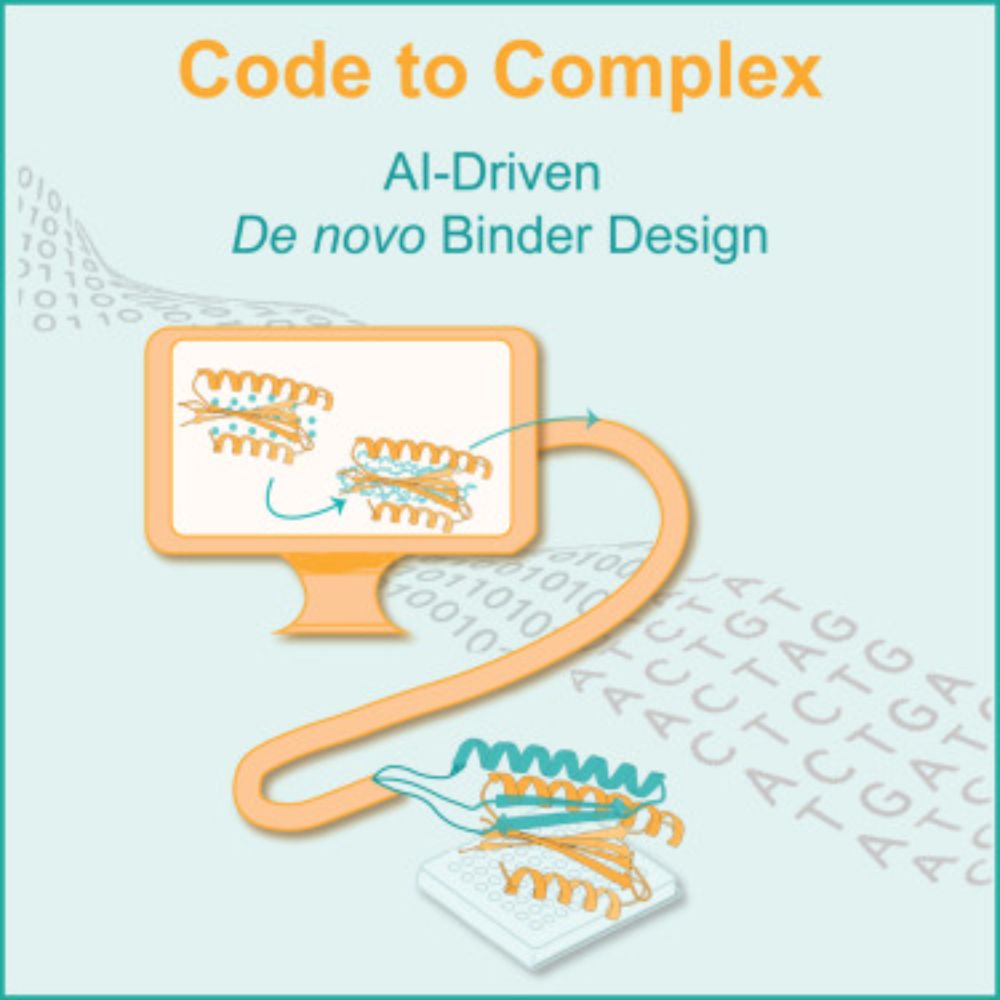
www.cell.com/structure/fu...
www.medschool.umaryl...

www.medschool.umaryl...
Come see @martinpacesa.bsky.social tonight at 7pm EDT in Room 181, Building 68, @mit.edu
"BindCraft: one-shot design of functional protein binders"
bpdmc.org

Come see @martinpacesa.bsky.social tonight at 7pm EDT in Room 181, Building 68, @mit.edu
"BindCraft: one-shot design of functional protein binders"
bpdmc.org


A new airlift of Canadian aid landed in Gaza today, with thanks to His Majesty King Abdullah II & our Jordanian partners.
Canada is dedicating more than $340 million in aid to address the humanitarian crisis in Gaza & we will ensure it moves forward at the necessary scale. #cdnpoli
A new airlift of Canadian aid landed in Gaza today, with thanks to His Majesty King Abdullah II & our Jordanian partners.
Canada is dedicating more than $340 million in aid to address the humanitarian crisis in Gaza & we will ensure it moves forward at the necessary scale. #cdnpoli
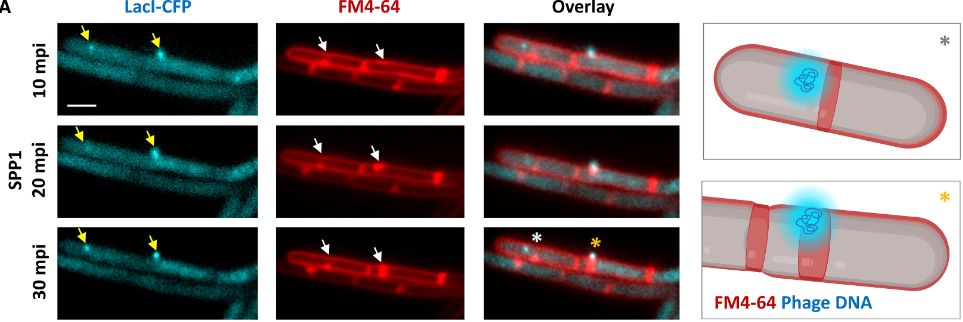
Thrilled to share that we have discovered a brand-new anti-phage defense system! Bacteria have evolved various defense strategies (CRISPR etc) to counter phage attacks. We found a new one - fascinating and dramatic
⚔️🦠❄️🔬
Thrilled to share that we have discovered a brand-new anti-phage defense system! Bacteria have evolved various defense strategies (CRISPR etc) to counter phage attacks. We found a new one - fascinating and dramatic
⚔️🦠❄️🔬


De novo designs peptide ligands for proteins. It generated MDM2 binders (nM affinity) and WDR5 binders (sub-µM affinity), with potency improved via stapling.




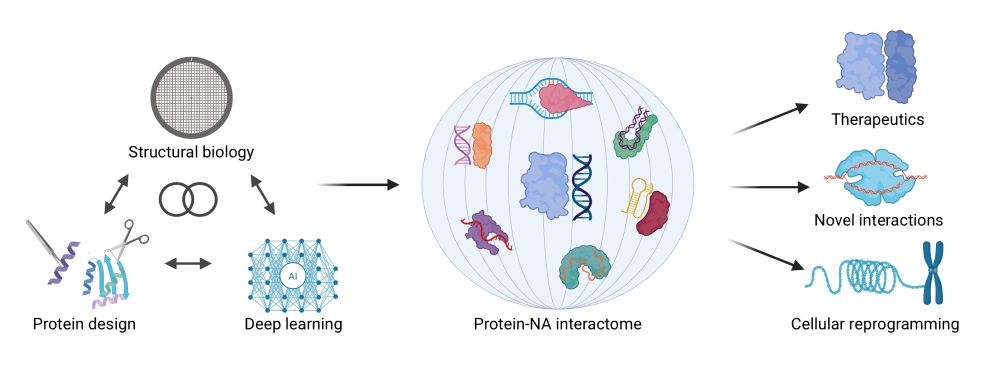
In PNAS today, we show how bacteria can do this using just three enzymes. Honoured to contribute to this study with Christoph von Ballmoos, Chris Greening and Gregory Cook
lnkd.in/gxm8SXxF
In PNAS today, we show how bacteria can do this using just three enzymes. Honoured to contribute to this study with Christoph von Ballmoos, Chris Greening and Gregory Cook
lnkd.in/gxm8SXxF
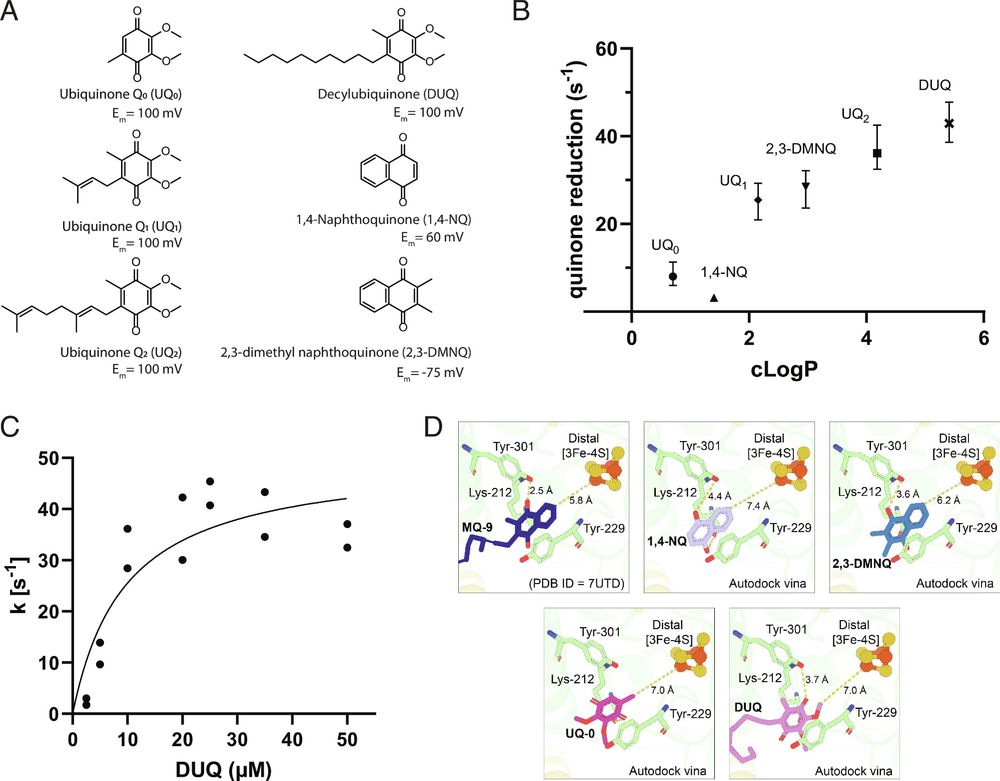
(not paying Stat $30 a month, but you can read the first bit).
www.statnews.com/2025/07/21/c...

(not paying Stat $30 a month, but you can read the first bit).
www.statnews.com/2025/07/21/c...
Preprint 📝: biorxiv.org/content/10.1...
🧵 1/n
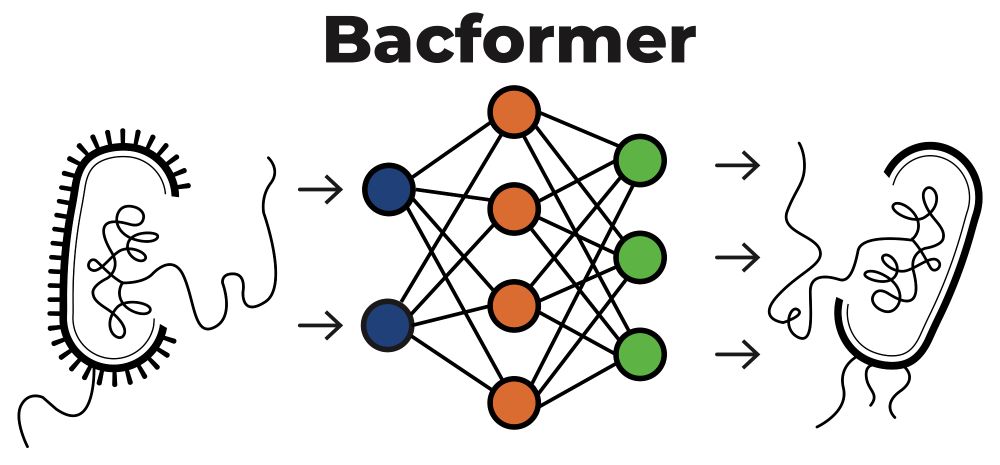
Preprint 📝: biorxiv.org/content/10.1...
🧵 1/n
in our group: ‘A new protein-dependent riboswitch activates ribosomal frameshifting’. Huge congratulations to Jemma for the first manuscript of her PhD! ✨
www.biorxiv.org/content/10.1...

in our group: ‘A new protein-dependent riboswitch activates ribosomal frameshifting’. Huge congratulations to Jemma for the first manuscript of her PhD! ✨
www.biorxiv.org/content/10.1...

